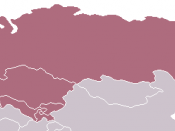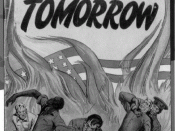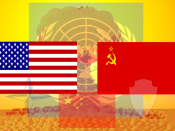What patterns of post-Cold War conflicts can be discerned? What are its implications for Conflict Resolution approaches?
Introduction
The aftermath of the Cold War inspired optimism about an end to world wars and a possible reduction in global-scale violence. Many scholars who have concerned themselves with rivalry between the superpowers and their allies during the Cold War now had great expectations about world peace and global political stability. These expectations were reinforced by the so-called third wave of democracy that intensified in the post-Cold War world. As democratisation and globalisation spread across the globe, long-standing claims that democracies do not fight each other took on greater significance. New forms of regional and economic co-operation between states committed to liberalisation also promised to reduce the likelihood of conflicts. Statistical evidence further confirms that most regions of the world became momentarily more secured in the aftermath of the Cold War. However, the unprecedented level of civil conflicts in regions of Asia and Africa, proliferation of nuclear arsenal and delivery systems by developing countries, and the 11 September 2001 attacks on the United States of America challenge these postulations that the world is more peaceful than at any time in the past century.
There is a unanimous view among contemporary scholars that patterns of post-Cold War conflict is predominantly intrastate as opposed to interstate conflict that was a characteristic feature of the Cold War. However, these intrastate conflicts either have their antecedents in events of the Cold War era or similar conflicts have occurred during the Cold War. Thus, this essay argues that although there is no qualitative change in the prevailing patterns of conflict, there are significant changes in structure and outcomes of post-Cold War conflict. Structurally, recent conflicts are less ideologically linked to superpowers, often driven or motivated more by greed...


